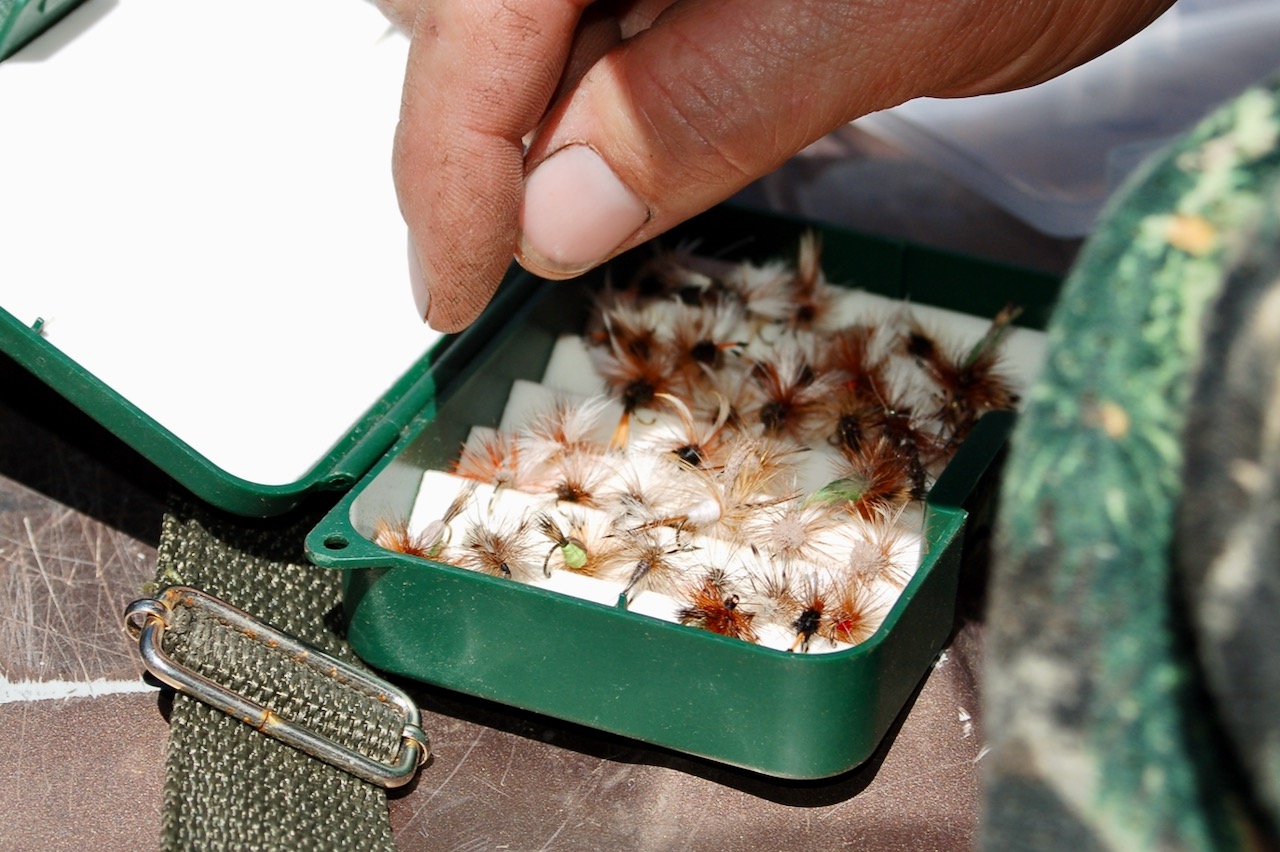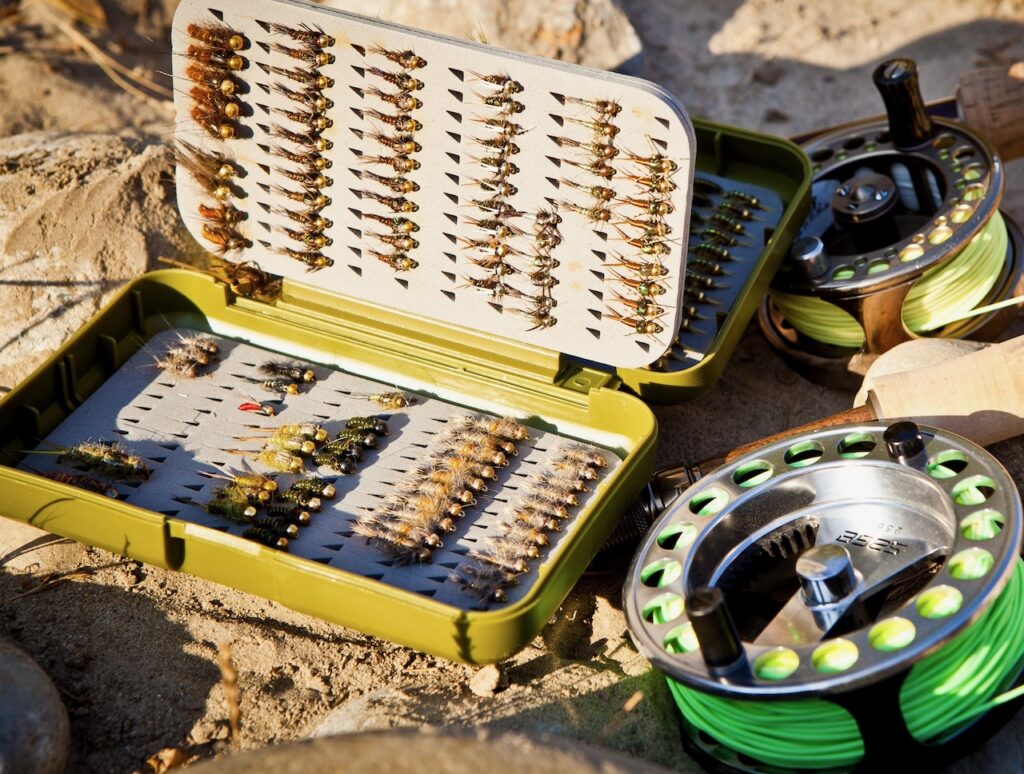Making the cut
How culling your fly boxes can help you become a better angler
Advertisement
STEP#1 MAKING THE CUT
The guiding philosophy when trimming your flies is to only pack what you’re likely to need for a day on the water, not everything you could possibly, maybe, theoretically use. If you’re a multispecies angler, the first step is to organize your flies into different boxes by species. That way, when you’re fishing for brookies, you’re not lugging around pike, salmon or—heaven forbid—bonefish flies (see final page).
Advertisement
Next, it’s time to pull flies from the starting line-up. I know this is hard, so start slow. Go through your boxes and remove anything you haven’t used for five years. That’s a long time on the bench, and if a fly hasn’t gotten wet since 2016, it’s dead weight. Now take out everything you didn’t use this season, or the last one. Clearly, those aren’t go-to patterns, either. By this point, I wager you’ll have removed 50 per cent of your flies.
I know this is hard, so start slow. Go through your boxes and remove anything you haven’t used for five years.
Once you’re down to your mainstays, look at the colours. Do you really need size 12 caddis flies in beige, tan, fawn, cream, biscuit, mushroom and taupe? These days, I only stock my workhorse patterns in a couple of generic colours. Remember, gamefish are hungry, opportunistic predators. When we think fish are being selective and not biting, it’s instead almost always a presentation problem, such as subtle drag on the line or something spooking the fish. If you change your approach before you change flies, you’ll catch more fish, and need fewer flies, too.
Once your flies are thinned out, try combining several boxes into one, or moving the winning flies into smaller boxes. Before I did that, I used to bring four boxes when I went trout fishing. Now I’m down to two that fit in my shirt pockets.
Advertisement


